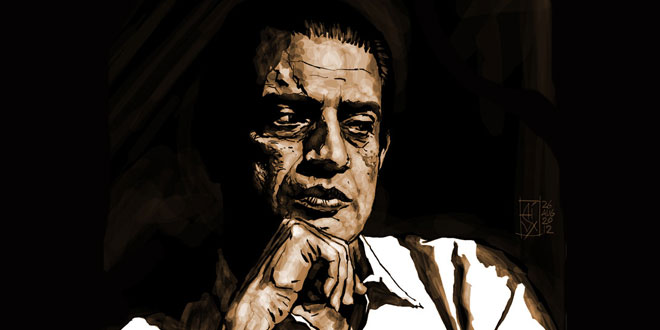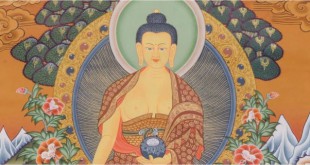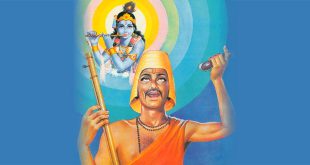After his return in late 1950, with absolutely no experience in movie-making, Satyajit Ray collected a group of young men to work as technicians. While looking for financial backers, he approached widow of Bibhuti Bhusan Banerjee, the writer of Pather Panchali for film rights. She gave her oral assurance and retained her faith in Satyajit Ray despite a better financial offer. Satyajit Ray spent two years in vain looking for a producer.
Unable to find a producer, Satyajit Ray decided that unless he could prove his bona fides by producing a few sequences of the film, he was not likely to find financial backing. He borrowed money and shot a few scenes. The cast was a mix of professional actors and a few with no prior experience in acting. Only Subir Banerjee who played Apu, Karuna Banerjee who played Apu’s mother, and the villagers who played other smaller roles, had no prior experience of acting. The rest had either acted in films or theatre. Boral, a small village on the outskirts of Calcutta was the major location, where the film was shot.
Meanwhile, the State Government of West Bengal agreed to fund the film. The money from the Government came in installments and before each installment, the accounts had to be submitted and cleared by the government. This was a time consuming process. Finally, on August 26, 1955, Pather Panchali was released in Calcutta. It was a box-office success. The film was sent to the Cannes Films festival, 1956 and won Grand Prix at the Cannes Festival.
Pather Panchali firmly established Satyajit Ray as a world-class director and gave him total control over his subsequent films. Two sequels based on the novel (Aparajito, The Unvanquished, 1956; Apur Sansar, The World of Apu, 1959) completed the famous ‘The Apu Trilogy’.
Satyajit Ray’s other famous films include Parash Pathar (The Philosopher’s Stone, 1958), Jalsaghar (The Music Room, 1958), Devi (The Goddess, 1960), Teen Kanya (Two Daughters, 1961), Kanchenjungha, (1962), Charulata (The Lonely Wife, 1964), Pratidwandi (The Adversary 1970), Shantranj Ke Khilari (The Chess Players, 1977), Ghare-Baire (Home and the World, 1984), Ganashatru (Enemy of the People, 1989), Shakha Prashakha (Branches of the Tree, 1990) and Agantuk (The Stranger, 1991).
In 1992, he accepted a Lifetime Achievement Oscar from his sickbed in Calcutta through a special live satellite-television event and was honored with Bharat Ratna, the highest civilian award in India. Satyajit Ray died on April 23, 1992.
 Kids Portal For Parents India Kids Network
Kids Portal For Parents India Kids Network







